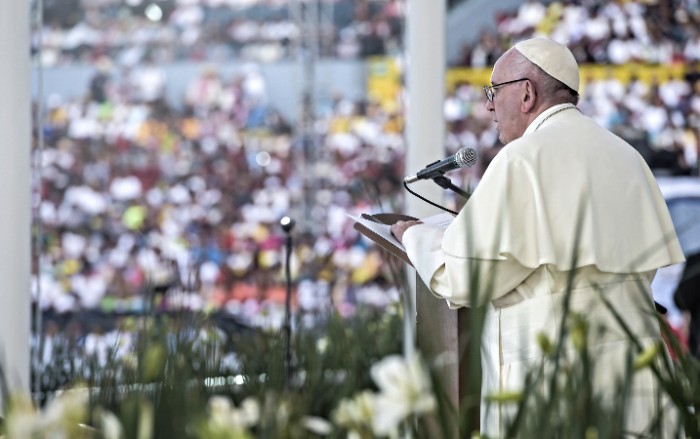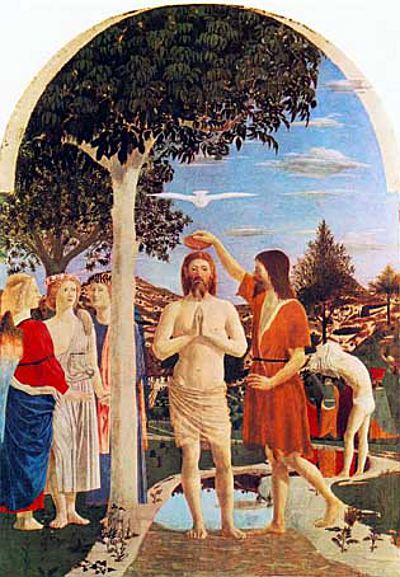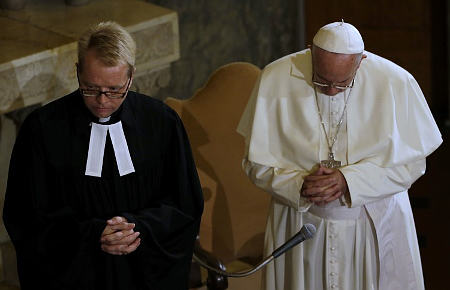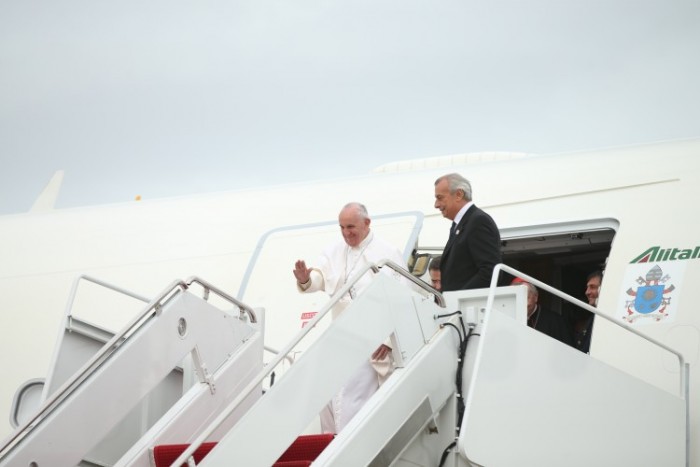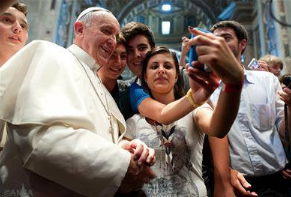Administrative problemer for pave Frans
John Allen skrev i går en artikkel der han beskriver hvordan pave Frans – som fortsatt er populær i media – ikke riktig klarer (eller ønsker) å rydde opp i Vatikanets administrative problemer – kardinalene som valgte ham for tre år siden trodde han var den beste til å ordne opp på dette området. Allen skriver:
Of late there have been reminders that Francis’ success on the global stage is not really matched by comparable breakthroughs as a manager.
Over the past quarter-century, two areas above all have generated persistent scandal and heartache for the Vatican, and were waiting for a new pope to take up: The child sexual abuse scandals, and money.
In terms of the abuse scandals, a recent report by the Associated Press reveals that a new tribunal within the Congregation for the Doctrine of the Faith, which was created by Francis to handle “abuse of office” charges against bishops accused of covering up abuse cases, essentially is going nowhere.
The tribunal, billed as a dramatic move by Francis in the direction of accountability, has been mired from the beginning in conflicting jurisdictions and unclear lines of authority, and so far has not taken up a single case. …
… Meanwhile on the financial front, people were caught off guard this week when news broke that the Vatican had suspended an external audit of its finances to be performed by the global firm Pricewaterhouse Coopers (PwC).
What’s followed has been a testy public back-and-forth over where things broke down, and why, between Italian Archbishop Angelo Becciu, the number two official at the Secretariat of State who issued an April 12 letter suspending the audit, and Australian Cardinal George Pell, tapped by Pope Francis as Secretary for the Economy in February 2014. …
John Allen avslutter artikkelen slik: «there’s an unavoidable irony about the fact that a pope elected in part to remedy a perceived “governance gap” could end up being seen instead as having perpetuated it.»

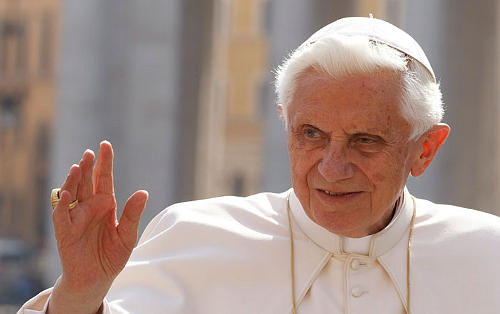
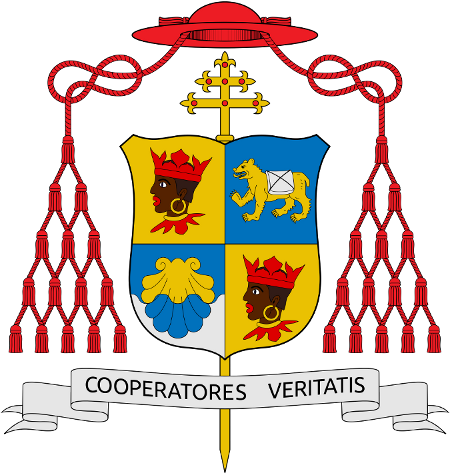 En presteblogger i England,
En presteblogger i England, 